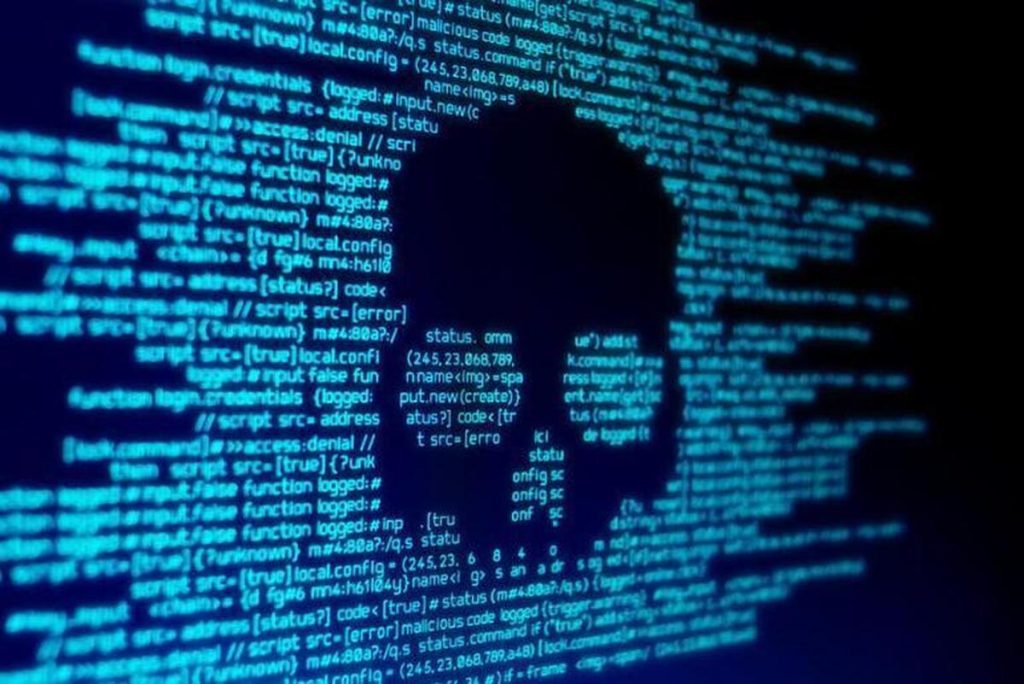
A concise guide to getting rid of malware infections
If you’re here, then you have likely run into that very unfortunate circumstance where despite running an antivirus (well, hopefully), you’ve realized that malware is on your PC – or perhaps you merely suspect that’s the case. Either way, that’s obviously not a comfortable situation.
Alternatively, you may just be curious about how to remove malware just in case this scenario crops up at some point in your computing life. It can happen to the best of us, after all.
If you think that you are suffering from a malware infection, don’t panic… help is at hand, and you have options for dealing with this worrying situation. In this article, we’re going to cover what you need to do to attempt to rescue your system, so you can get right on with applying the cure, with the best option generally being malware removal software.
Anti-malware tools
If you know that malware is on your system, or think it might be – perhaps your PC is now running very sluggishly for apparently no reason, or weird and inexplicable things are happening, or maybe you’re being spammed with pop-ups – the first question we’d ask is do you have an antivirus app installed? If not, and you don’t want antivirus on your system – for whatever reason – then you should get yourself a dedicated malware removal tool.
You’ll first need to install a piece of malware removal software on your PC (assuming you don’t already have one present). Our top recommendation for this job is Malwarebytes, which you can find at the official website here with products for Windows PCs and Macs. Running Malwarebytes or software like it for on-demand scans – either alone or alongside your antivirus – will immediately give you better defences against murky malware.
Head to the main menu of Malwarebytes, and simply click on the ‘Scan’ button, sit back and watch as the files (plus memory, registry, and so forth) on your PC are fully vetted.
If there is malware on your system, Malwarebytes – or whichever tool is your preferred option – will use its in-depth detective powers to hopefully locate it, and having done so, neutralize the threat.
Antivirus frontline
If you don’t run an antivirus, you really should seriously consider installing one – at least on Windows systems. Remember, there’s always the next-to-no-effort step of turning Microsoft Defender back on (which delivers solid enough protection these days). Mac users may not be in quite the same boat, with a more secure (and less threatened) OS, but it’s still worth thinking about antivirus for Mac.
If you do have an antivirus installed, as a first step, it’s worth going into that application and firing up a virus scan manually. Before doing that, though, make sure the antivirus has got the latest malware definitions (there should be an option to ‘update’ via the main menu, so run that).
Now, before scanning, for Windows users it’s worth rebooting sand starting in ‘Safe Mode’ to stand the best chance of uncovering any threat. We’ve got a full guide on how to start Windows 10 in safe mode. So follow those steps and boot without networking as you don’t want to be online when attempting to find malware and if you suspect your PC might be infected then it’s probably best to remain offline as much as you can full-stop – that should disrupt any attempts malware may make to communicate or propagate further.
When in Safe Mode, head to your antivirus and start a virus scan, making sure it’s a ‘full’ scan (of all installed drives, including every option turned on, such as scanning compressed files) – and not just a ‘quick’ scan – to see if that finds anything. The antivirus may now discover and quarantine (box away safely) or otherwise remove any threat that exists on your system, and if that happens – great, breathe a sigh of relief.
Of course, the antivirus app’s real-time protection should have stopped the malware from getting a foothold on your system in the first place. However, antivirus software isn’t infallible – particularly some of the less high-quality offerings out there (stick to our recommend best antivirus recommendations) – and more sophisticated malware can slip through the net, evading real-time protection, and perhaps also hiding under the radar during the aforementioned full virus scan.
So, if your antivirus has come up empty-handed after the scan, it’s now time to probe your system even more thoroughly. Try repeating the above process of running a full scan in Safe Mode.
Otherwise, the next step is to enlist the help of a dedicated anti-malware which is different to antivirus in that it specializes in detecting more sophisticated threats (based on their behavior) and fully removing them once discovered.

